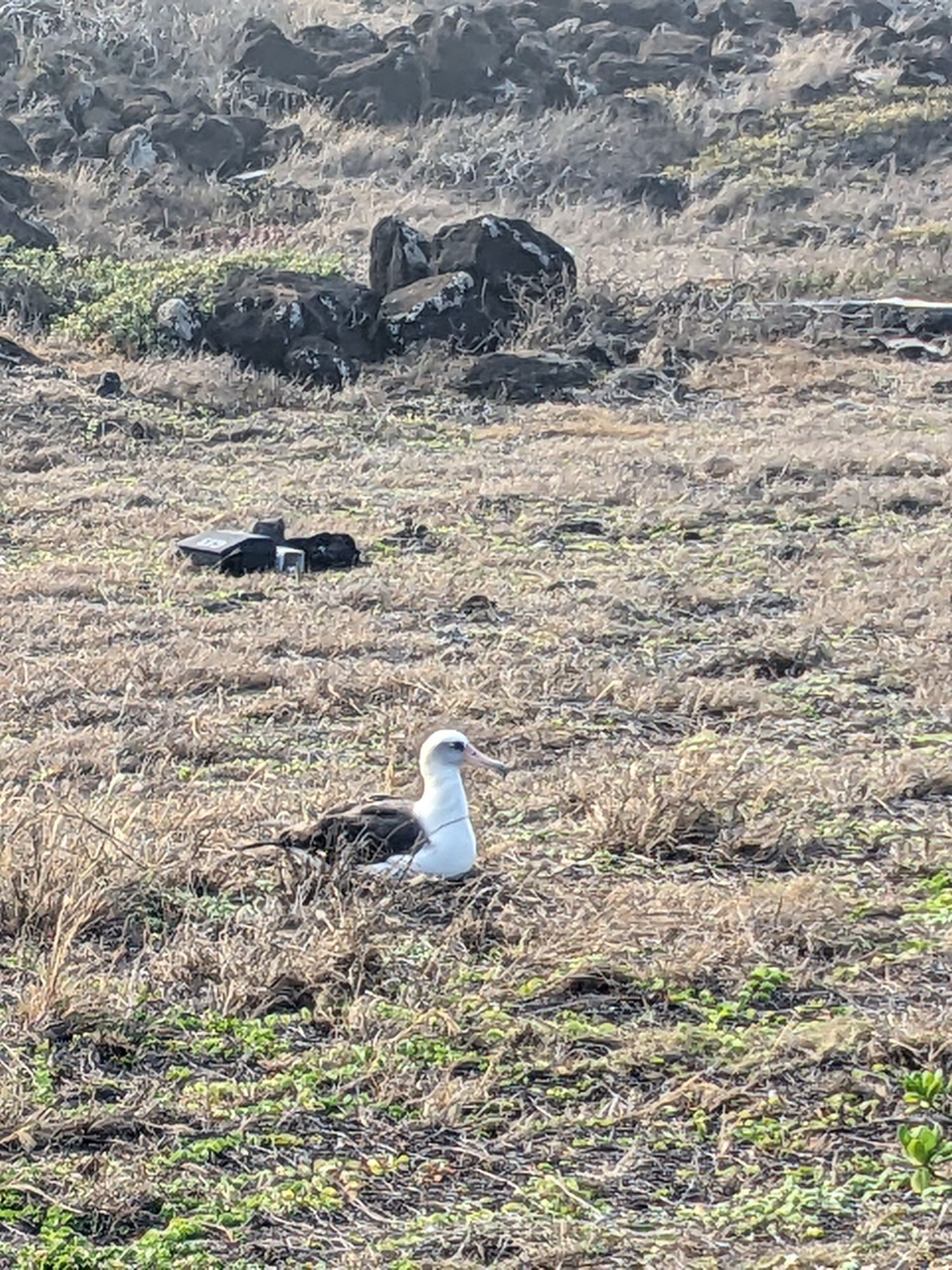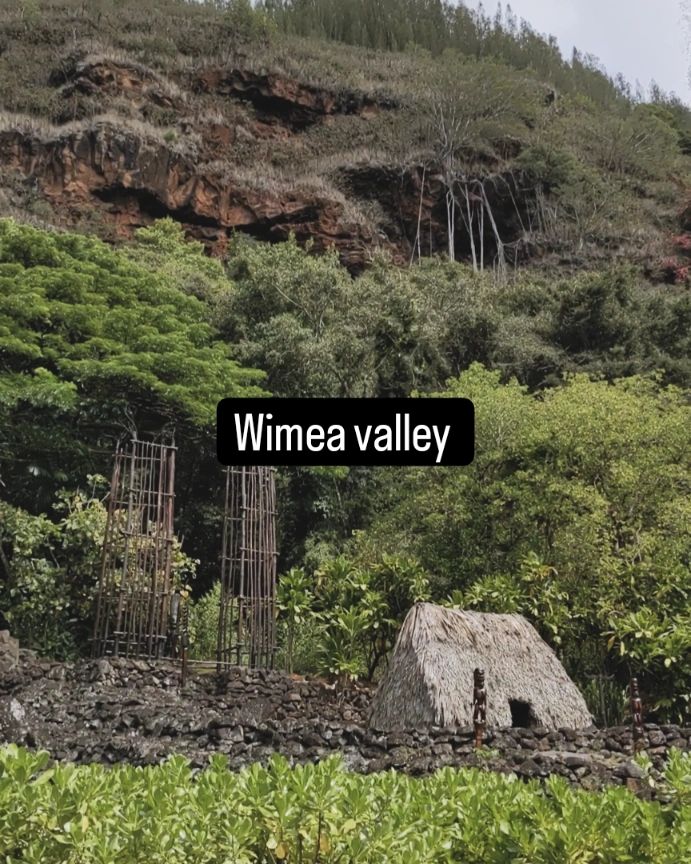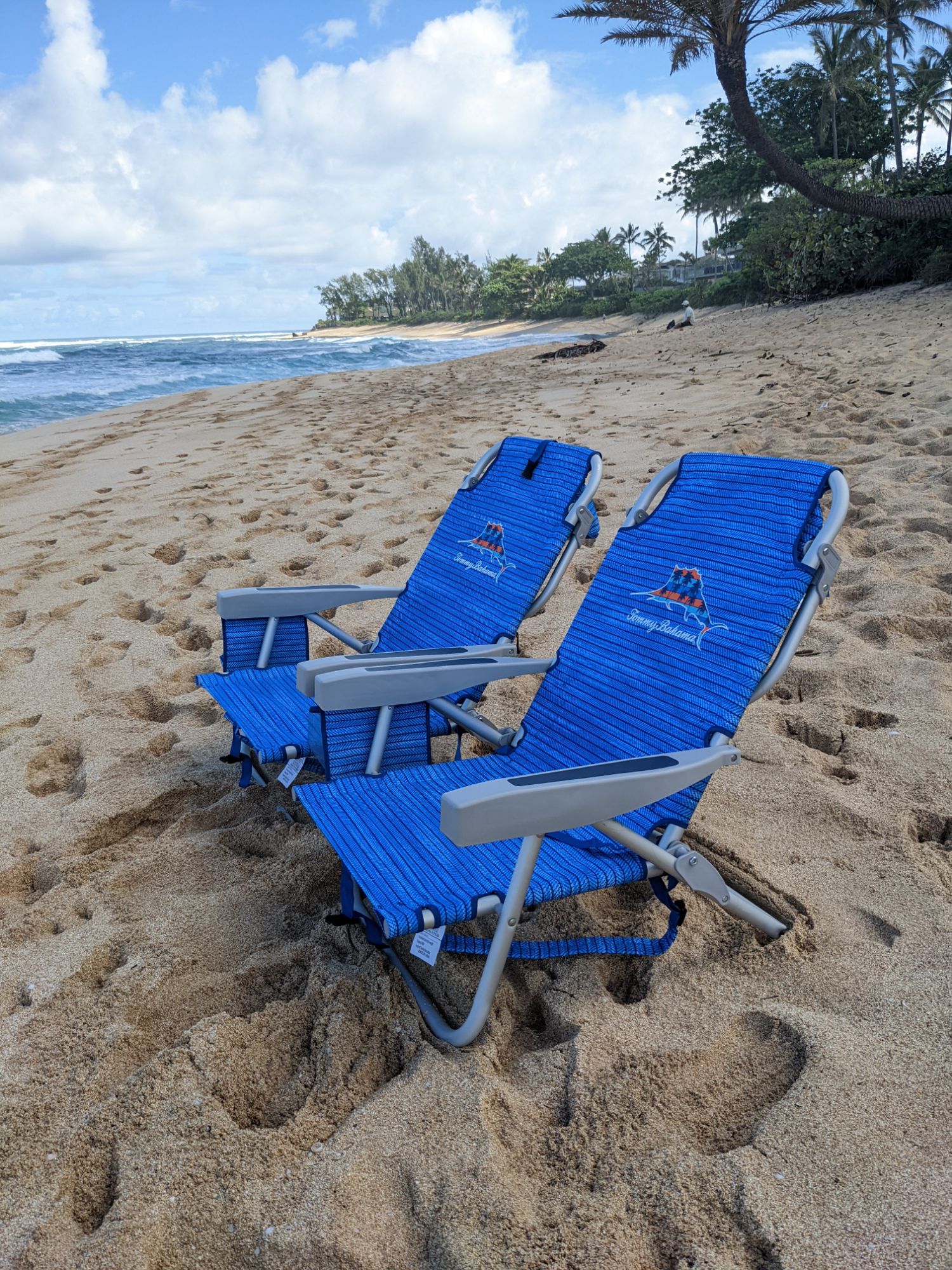In this entry, I will introduce Moanalua Gardens and the famous monkey pod tree also known as the Hitachi Tree.
The Monkey Pod (Samanea Saman) is part of the pea family and although originally from Central and South America it now grows in many parts of the subtropics. Its branches have a long reach and its leaver are similar to that of a fern where they open at sunrise and close at sunset. It flowers twice a year in May and November.
Moanalua Gardens, now a privately owned garden open to the public, contains many large monkey pod trees. This land used to belong to the Kamehameha royal family, who united the Hawaiian Islands under one rule. In 1884, this land was conveyed to Samuel Damon, a close friend to the royal family, who turned it into a park. Carrying out the royal family’s beliefs for desegregation and coexistence, Damon opened this park to the general public and wanted it to be enjoyed by everyone. Within the park, he incorporated aspects from cultures from around the world, including a Japanese tea house. Even to this day, along with Kamehameha V cottage, there remains a Japanese style pond and an oriental style building known as the Chinese theater. As for the plants within the park, along with native Hawaiian species, plants from all over the world that were gathered and planted. The monkey pods were bought in from overseas during this time.
Among the monkey pods within the park, there is one in particular that brings thousands of visitors to this spot and is nicknamed the Hitachi Tree. The Hitachi Tree is estimated to be 130 years old, 75 feet (25 m) tall, 120 feet (40 m) wide, with a trunk around 21 feet (7 m) in girth.
In September 2009, the Hitachi Tree was recognized by the State of Hawaii in Exceptional Trees, which is a list of trees in the state of Hawaii that are considered to be exceptional. The Exceptional Tree Act passed in 1975 by the Hawaii State Legislature was in response to fears that the island’s precious trees would be lost to development. The Act acknowledges unique trees and the value that they hold aesthetically and ecologically. To be considered for exceptional tree status, the tree or grove of trees must meet one or more of the following criteria:
- Historic or Cultural Value
- Age
- Rarity
- Location
- Size
- Esthetic Quality
- Endemic Status
In 2012 there were 163 trees listed as exceptional trees and the Hitachi Tree was listed as having the most value of all of them! This is because there is something extra special about the Hitachi Tree. This tree has a high advertisement value.
Hitachi, a large global electronic company, has used this tree as a corporate symbol since 1973. An agreement between the Damon Estate and Hitachi gave Hitachi exclusive worldwide rights to use the tree’s image for promotional purposes in exchange for annual payments of $20,000. After the last remaining Damon grandchild died in 2004, Hitachi negotiated with the new owner, Kaimana Ventures, and agreed to pay $400,000 a year for 10 years to use the tree in its advertising.
The Hitachi Tree seems to be cared for well so I doubt there’s any worry of it being cut down for development purposes.
References:
Exceptional Tree Act: http://www1.honolulu.gov/parks/exceptionaltrees.htm
Hitachi Tree: http://www.hitachinoki.net/profile/index.html
Hawaii Business: http://www.hawaiibusiness.com/Hawaii-Business/March-2011/Hitachi-Tree-4-million/
Honolulu Advertiser: http://the.honoluluadvertiser.com/article/2007/Jan/26/bz/FP701260356.html






